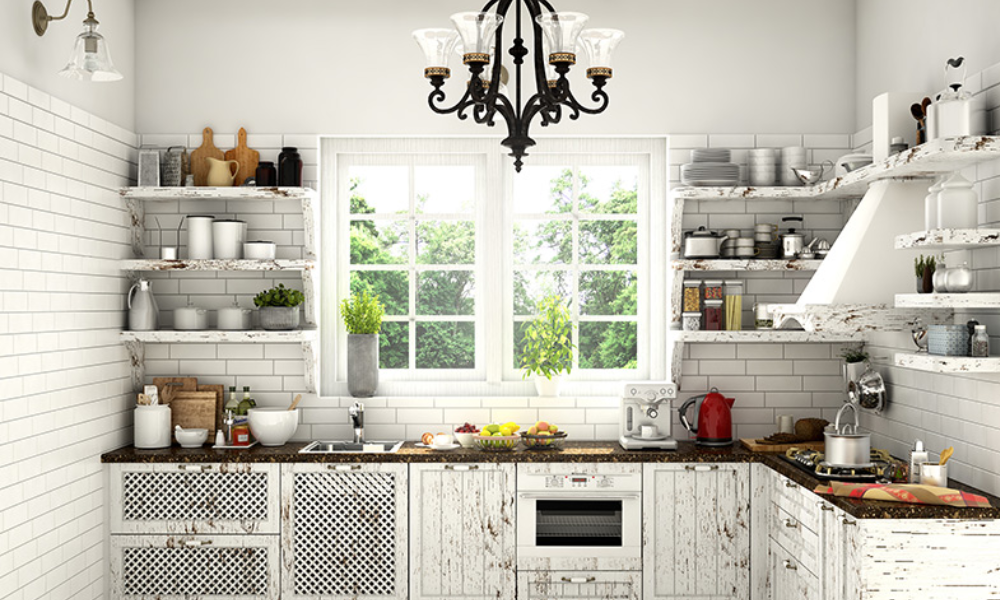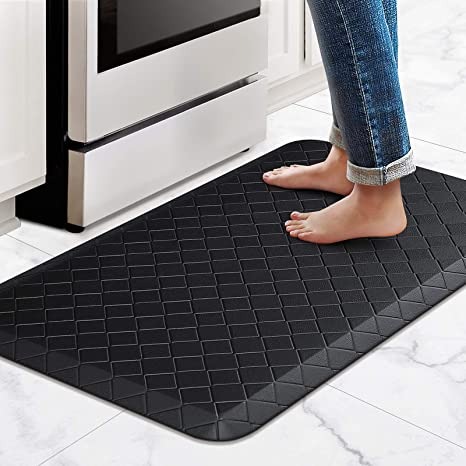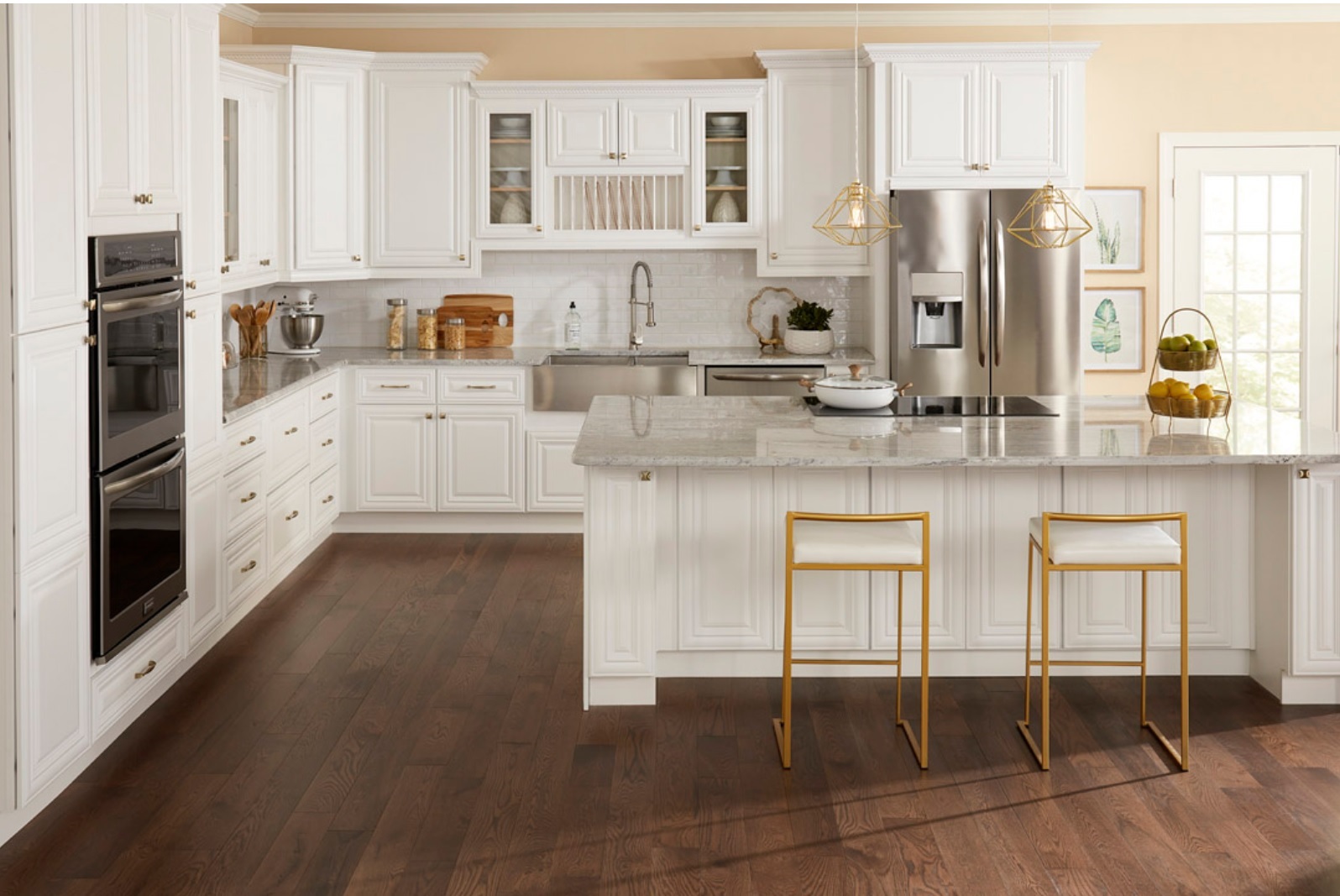Style is more easily recognised with our eyes than words; we know it when we see it, and the picture that motivates us the most might frequently surprise us.
Whether a newbie cook or an experienced host, the kitchen is the soul and heart of any home and will need meticulous planning. When it comes to designing a kitchen, functionality comes first. After you’ve decided on the layout, appliances, workstations, and storage, you can start thinking about the exciting stuff: the finishes!
Are you stuck with your kitchen design styles? This guide to today’s best kitchen themes will help you find ideas for the perfect themes for your kitchens Perth.
Contemporary and Modern Kitchens
The terms contemporary and modern are quite ambiguous. Distinguishing between modern and contemporary kitchen design might be splitting hairs.
Generally, both kitchen design styles reflect fresh, updated trends and styles. They’ve recently emphasised clean, wide areas and elegant lines. Manufactured materials like paint, concrete, stainless steel, paint, glass, and laminate are also often used in the design.
On the other hand, contemporary fashion refers to “the present time”, the current fashion trends. Unlike modern, it’s not anchored in any historical era and is directed towards the future and present. It doesn’t necessarily adhere to any aesthetic strain or type of architecture but instead focuses on the newer. However, it may be evolving.
A contemporary layout in 2022 may have dramatic splashes of colour, open storage, innovative equipment, mixed metals, and a multi-user arrangement. Contemporary designs seem to be fashionable, but before you go out and buy many contemporary features, remember that various fads come and go.
Traditional Kitchens
Mouldings, appliques, corbels, and raised panel doors are examples of ornamental and ornate elements often seen in traditional kitchens. It’s very uncommon for colonial, old-world, or French nations to have traditional kitchens that lean more towards the ceremonial side.
Coastal, rustic, and rural are some more examples of classic styles that may be approached less formally. The natural beauty of the wood used in the cabinets is often highlighted in traditional kitchens. Traditional kitchen designs may contain details such as raised-panel door types, elegant glass doors, and ornamental millwork or moulding.
Traditional kitchen hallmarks include:
Natural Wood Cabinets With Embellishments
Cabinetry details such as cabinet moulding raised panels, and even ornate appliques and corbels may help bring a traditional-style kitchen to life. Natural woods, including birch, cherry, walnut, and alder, work exceptionally well in this kitchen.
Simple, Linear Lines
In general, the islands, cabinets, and other kitchen essentials will be the primary points of emphasis in a conventional kitchen since linear millwork and moulding will be used to lengthen and emphasise these elements, turning them into the room’s main points.
Homey Decorations
Succulents, friends and family photos, snack baskets, cookie jars, wine racks, and wall art with a theme all contribute to a comfortable and homey atmosphere.
Because the purpose of a traditional kitchen’s layout is to foster a sense of familiarity while maintaining a classic style, the decorations in a traditional kitchen should make the space seem like it belongs to the homeowner without ever being over the top or tacky.
White, Grey, Brown, and Black Colour Schemes
Using backsplashes and walls with a neutral colour scheme produces a versatile colour template that unifies the look of whole kitchens Perth without making it seem “loud.”
Masonry Countertops
Marble, granite, and quartz countertops are admired for their longevity and opulent and classic appearance. These three materials are the kings and queens of a classically built kitchen.
Tile Backsplashes
Tiles in masonry or ceramic patterns that are white, khaki, cream, grey, or neutral in colour may be used to decorate the walls of a kitchen, especially in the regions behind the sink and stove.
Transitional Kitchens
The transitional kitchen, perhaps the most common style nowadays, mixes classic and contemporary design elements to produce a new, updated aesthetic. The idea is to mix the enhanced familiarity of traditional Kitchen design with contemporary colours, styles, and components—without appearing futuristic or harsh.
In addition, transitional kitchens have softer, linear, basic lines and less ornamental embellishments. Use simple decorations and cabinet mouldings. Black, white, or grey are common cabinet colours.
In general, designing a transitional kitchen aims to capture historical design trends while adding a personal twist to a dynamic combination of traditional and modern design components. The ideal illustration of a transitional kitchen is designed in the contemporary farmhouse style.
Conclusion
The kitchen is more than simply a place to prepare food; it’s also where we congregate in the morning, start our days, interact with one another over breakfast or a cup of coffee, talk ups and downs, and partake in joyous occasions.
Furthermore, professional dealers are prepared to bring your kitchen design styles, preferences, and vision to life, regardless of whether you are replacing a single kitchen feature or completing a top-to-bottom, total overhaul.



